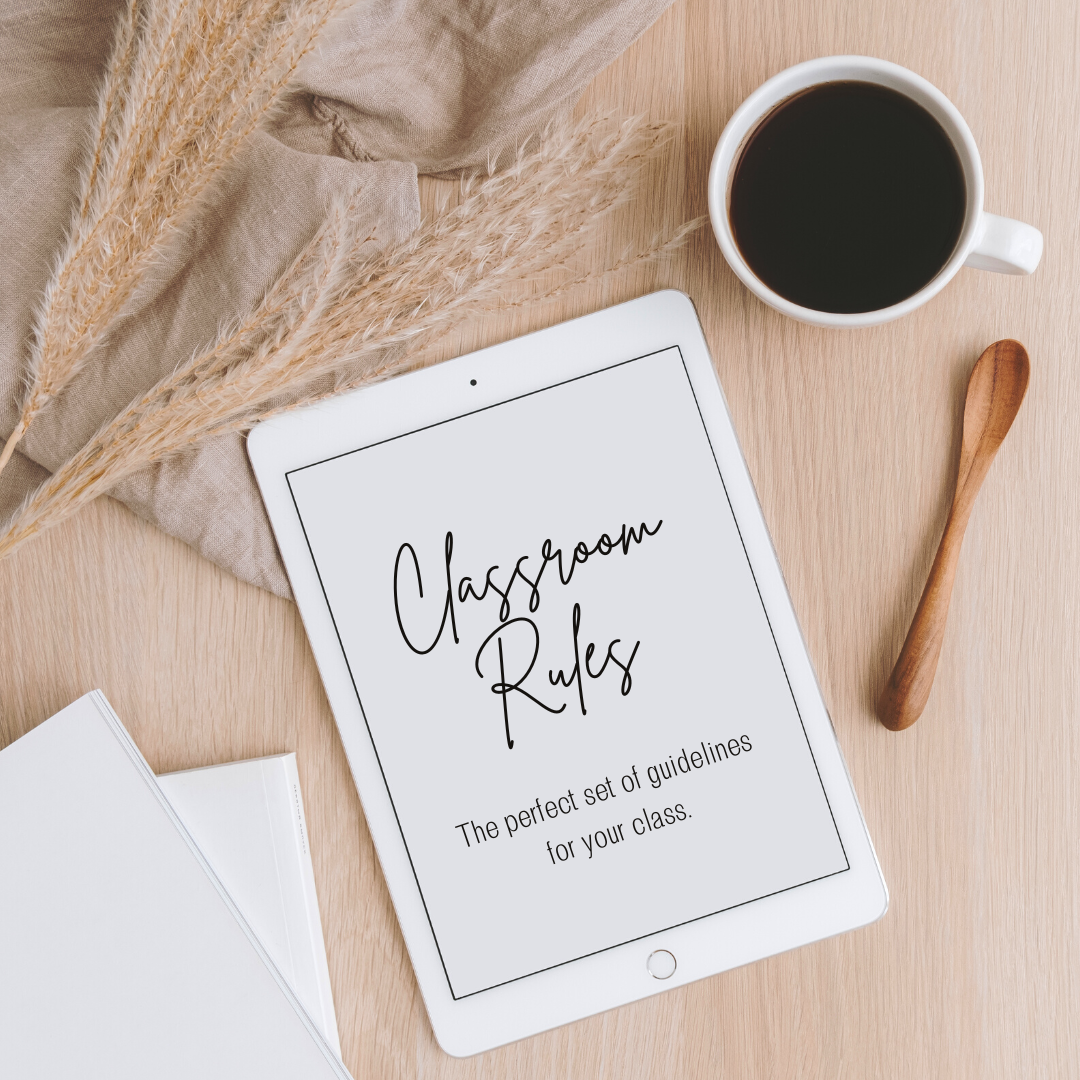How To Engage With Your Students More As A Teacher
sharing is caring :)
Disclaimer: Je’Ana C. curates the Shades of Tatiana product selections. We only recommend products we genuinely love. If you buy something through our affiliate links, we may earn a small commission at no cost to you.
IMAGE SOURCE: PEXELS
Students need to be interested in what's going on in class. They need to be interested in the lesson and be able to move forward in their education. They need to be able to learn as well as they can. If the students aren't interested, it doesn't matter how much technology is there or how hard the teacher works; they won't learn anything. Everyone, including the teacher, is very demotivated by this. At this point, the cycle keeps going because the teacher might not feel like they need to work as hard, which makes the kids even less interested, and so on.
There are many ways to improve the learning environment and ensure that the kids in that classroom learn as much as possible. So, what can be done to ensure that teachers interact with their students and encourage them to do more in the classroom (and outside of it)? Read on to learn how teachers can best engage with their students to get the best results.
RELATED:
IMAGE SOURCE: PEXELS
Do A Warm Up
Beginning a lecture or lesson can be challenging at any time of day, but especially in the morning. It takes some time for the students to get comfortable and pay attention. A warm-up exercise is one way to get around this and to ensure the group's participation and attention can be boosted right from the off.
Any icebreaker is a good choice because it allows you to get to know someone quickly and can be used to ask any kind of question. Want to know more about the students? Ask them about their day, their lives, or the things that really interest them. Ask them what they learned, what they believed the lesson was about, or what they found most fascinating about the material covered. This will get their brains working and thinking before the lesson starts; by the time you begin teaching, they'll be ready to learn and engage.
Make The Classroom Interactive
If you're not a great speaker, your students might get bored very quickly if all they do is listen to you talk. Engaging your students in conversation is a tried-and-true way to keep their attention and run a classroom well.
One of the best ways to see how much your students understand is to ask them questions or let them ask you questions. Give the students a chance to say what they think about things that are up for debate and encourage open conversation. Interactivity is vital for students who are having trouble and can also be used to keep advanced students interested. We recommend giving your students as many chances as possible to participate in class.
Give Learning Objectives
Engagement comes from understanding, not just enjoyment. A child must understand the lesson to be motivated to work hard to reach certain educational goals. As a teacher, you can try to make the lesson as fun as possible – and you should, because that's how kids will remember it and the information you're giving them – but if they don't understand, they won't care much.
The same happens if they need to figure out why they are learning something. This is why learning goals are good tools for getting people interested and engaged. If you can give your class clear goals that explain what they will learn and why it will be important to them and what the expected results will be, they will have something to work toward. They'll have goals to reach and know why it's essential. When people understand the lesson being taught, it's much easier for them to get involved because it no longer seems like a waste of time.
Use The Jigsaw Strategy
As a teacher, you must consider all types of learning methods to help keep your students engaged. One method that many teachers find to be successful is the jigsaw strategy.
In the same way, as a jigsaw puzzle consists of separate parts that fit together to form a whole, the jigsaw approach to education is comprised of independent units that, when combined, create a more comprehensive whole. Specifically, this collaborative teaching method empowers individuals or small groups to take charge of a single facet of a broader subject. Each person or small group is tasked with educating the larger group or class on the topic they have researched and developed.
It's clear that not only does the jigsaw strategy help the individual learn more about something and become more engaged (partly because they only have to consider a small element of a topic), but it also helps everyone else. They will all have complete knowledge of the topic even though they only focused initially on one aspect. The fact they are learning from their peers also helps to drive engagement.
Introducing Canva – a free tool that makes designing simple and beautiful.
Need to design a checklist in a hurry? Check out Canva, the free graphic design tool that makes designing everything from social graphics to business cards simple.
Use Technology
Teachers must learn how to use technology correctly because it can be distracting and problematic and even slow to learn. However, when used in the right way, it can do a lot to help keep everyone engaged. Think of it this way; many students find that typing on their laptops or tablets is faster and easier than taking notes with a pen and paper. Some people might even record their lessons, so they don't miss a word. With this in mind, it should be more straightforward for a good teacher to use this knowledge and incorporate tech into the classroom in a way that kids will want to see and experience.
The truth is that in the 21st century, technology is an important part of education. As related software keeps improving, it will become even more ingrained in the education culture. Students of all ages use technology more than ever before, so it only makes sense to use technology if you want to get students more interested. Using apps, software, and online tools in your classes and lectures and as a resource for your students will not only help them learn more in class but will also help them learn more after class.
Give Students A Choice And A Voice
Do your students get a say in classroom decisions? You might assume this isn't important and that since you are the teacher, you're the one in control, but by giving the kids learning from you more of a voice, you could be helping when it comes to their levels of engagement. By giving students a voice in class decisions, you'll boost their motivation and sense of belonging, and they'll want to be more involved.
Even better, students of every age have insights that could be used to enhance the classroom experience. And you can achieve this without giving up control by, for example, presenting them with a range of options from which to choose or designing a learning activity that incorporates decision-making.
Come Up With Ideas Together By Brainstorming
Brainstorming will help students create new ideas and work together. Asking them to share their ideas and thoughts about a topic is an excellent way to evaluate their understanding. So, not only do they have to think creatively, but they also have to think critically. Thinking more complicatedly will help keep students engaged because it will help them pay attention and think about their answers.
Mind mapping or brainstorming is also a great way to get people to work and learn together. Providing feedback on other people's thoughts instead of critiquing them will give them a feeling of being part of a group and improve their skills at giving feedback and working as a team. Collaborating with others and listening to their ideas and suggestions will also help make the learning environment more interesting.
Get Their Feedback
When you offer your students the chance to give you feedback, you'll gain insight into your students' motivations, interests, and concerns while allowing them to take an active role in their own learning. Don't be afraid to do this – although there might be some negative comments, it's important to hear them, and in that way, you can work on the issues. However, the positive comments will also be beneficial, ensuring you can keep working and teaching correctly.
Some of the things you can do with this feedback are to find out your student's preferred method of teaching and when they are more engaged and learning as a result. If they tend to zone out and daydream, ask them what's triggering this behavior, as it could be something you can help with.
Final Thoughts
As a teacher, one of your primary responsibilities is maintaining your students' interest throughout the learning process. However, this can be difficult due to the breadth of material that needs to be covered and the plethora of distractions that students are exposed to. Finding the sweet spot that keeps students interested, motivated, and on track to achieve their goals can take time and effort.
Yet as you can see, it's possible, and the benefits that better student engagement will bring are definitely worth putting effort into getting this right.












Feel like it's time for a career change? Transitioning to a new path requires time, effort, and dedication, but the journey is undeniably worthwhile. In this article, we'll walk you through the essential steps to help you successfully switch careers. Keep reading if you're ready to turn your dream career into a reality.